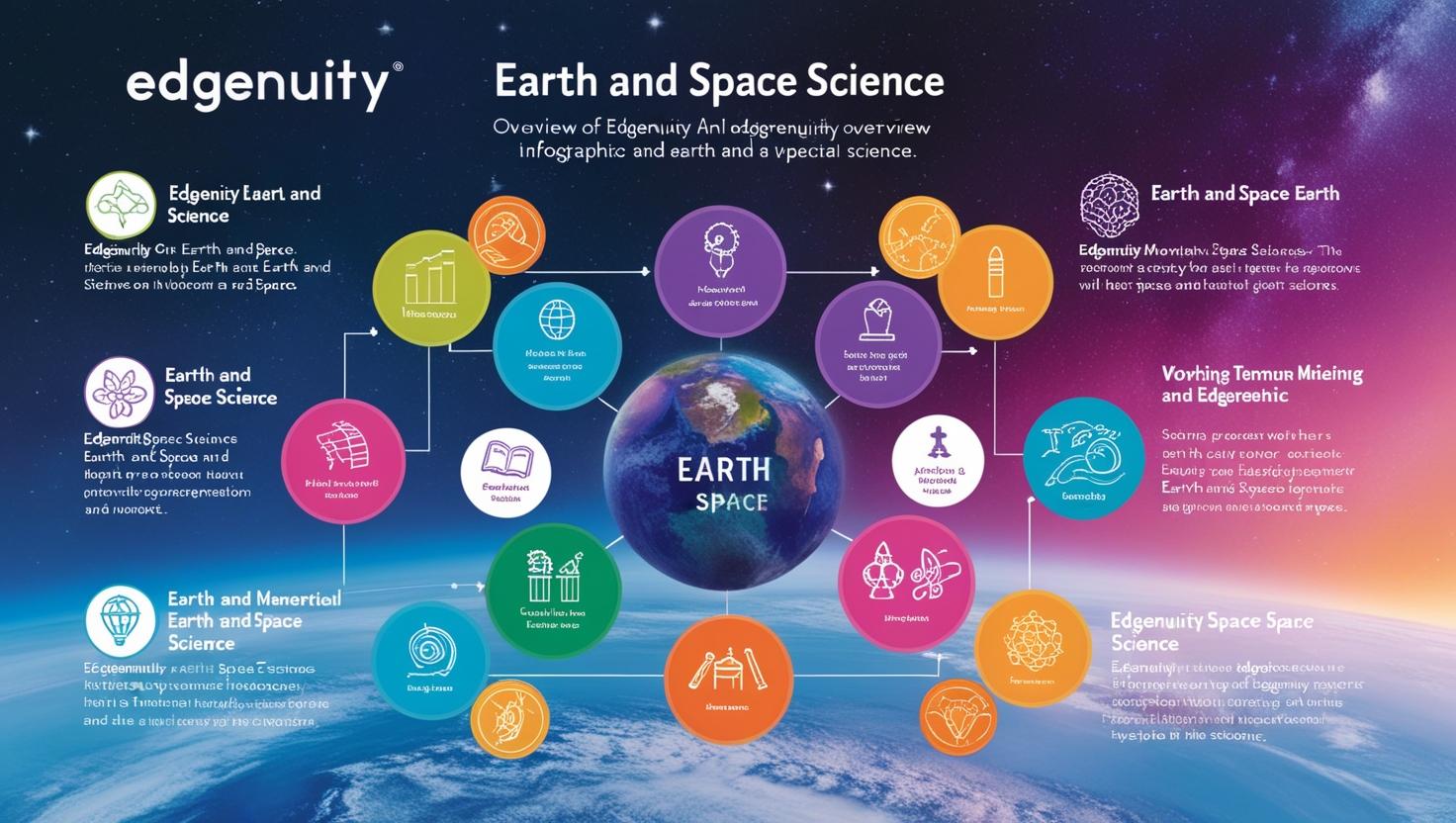Edgenuity is an online learning platform that provides courses in many subjects, including Earth and Space Science. This course helps students understand how the Earth and the universe work. It covers topics such as geology, weather, astronomy, and environmental science.
Students take this course through virtual lessons, videos, quizzes, and tests. It is designed to help students learn at their own pace. Many schools use Edgenuity for online learning or as part of a blended learning program.
Structure of the Course
The Earth and Space Science course in Edgenuity is divided into several units. Each unit focuses on a different part of Earth science. The course includes lectures, animations, and interactive activities to make learning easier.
Some of the main units in the course are:
- Introduction to Earth Science – This section explains what Earth Science is and why it is important. It also teaches about scientific methods and tools used by scientists.
- Geology and the Earth’s Structure – Students learn about the layers of the Earth, plate tectonics, earthquakes, volcanoes, and how rocks and minerals form.
- Weather and Atmosphere – This unit covers the Earth’s atmosphere, weather patterns, climate, and extreme weather events such as hurricanes and tornadoes.
- Astronomy and Space Science – This section explores the solar system, stars, galaxies, and the universe. It also includes topics about space exploration and the future of space travel.
- Oceans and Water Systems – Students study the Earth’s oceans, ocean currents, waves, tides, and the water cycle.
- Environmental Science and Conservation – This unit focuses on ecosystems, pollution, renewable energy, and ways to protect the environment.
How Students Learn
Edgenuity provides different types of learning tools to help students understand the material.
- Video Lessons – Teachers explain topics with visuals and animations to make complex ideas easier to understand.
- Reading Assignments – Students read and study materials that explain scientific concepts in detail.
- Virtual Labs – Some lessons include interactive experiments where students can test theories online.
- Quizzes and Tests – At the end of each lesson, students take quizzes and tests to check their understanding.
- Projects and Essays – Some units include writing assignments or research projects to help students think critically about topics.
Challenges Students May Face
Although the Edgenuity Earth and Space Science course is designed to be engaging, some students find it challenging.
- Difficult Topics – Some scientific concepts, like astronomy or plate tectonics, can be hard to understand without hands-on activities.
- Time Management – Since the course is self-paced, students need to stay disciplined and complete lessons on time.
- Technical Issues – Online learning requires a stable internet connection, and sometimes students may face problems with video loading or system errors.
Study Tips for Success
To do well in Edgenuity Earth and Space Science, students can follow these tips:
- Take Notes – Writing down key points helps with remembering information.
- Review Lessons Regularly – Going over past lessons helps in preparing for quizzes and tests.
- Use External Resources – Watching science videos or reading articles can provide extra explanations on difficult topics.
- Stay Organized – Keeping a schedule and setting goals can help complete lessons on time.
- Ask for Help – If a topic is confusing, students should reach out to teachers or classmates for clarification.
Importance of Earth and Space Science
Studying Earth and Space Science is important because it helps us understand the world around us. This subject teaches students about natural disasters, climate change, and space exploration. Learning about these topics helps people make better decisions about the environment and the future of our planet.
By completing this course, students gain knowledge that can help them in careers related to science, engineering, and environmental studies. It also encourages curiosity about the universe and the role of humans in protecting the Earth.
